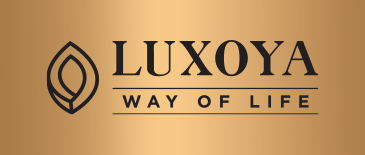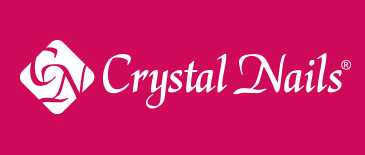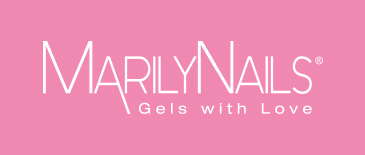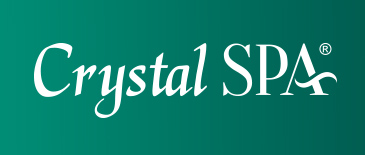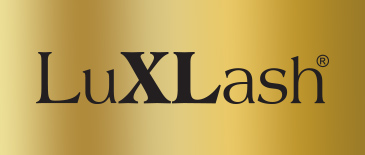Crystal Nails distributors around the world
Distributors Wanted
Let’s make our success your success! Team up with us in a country where Crystal Nails is not yet represented! Send us a short business plan and your country of residence to info@crystalnails.com!
Austria
| Elite Cosmetix KG. | |
| 1220- Wien Langobardenstraße 32 | |
| https://elitecosmetix.at | |
| +4369917598214 | |
Belgium
| Crystal Nails Belgium | |
| Skoon 62 1511HV Oostzaan | |
| https://crystalnails.nl | |
| 0031 075-6151680 ; 0031 0623338792 | |
Bosnia and Herzegovina
| Kanema Beauty d.o.o | |
| Bulevar Desanke Maksimović 14, Banja Luka | |
| https://crystalnailsbih.com | |
| +38766999224 | |
Bulgaria
| Elit Cosmetika | |
| улица Цветарска 14 Veliko Tarnovo, Bulgaria | |
| crystalnailsbg.com | |
| +359 88 898 9462 | |
Canada
| Crystal Nails Canada | |
| #4 - 2220 Northridge Drive, Saskatoon, SK S7L 6X8 | |
| https://pinkchair.ca | |
Costa Rica
| Crystal Nails Costa Rica - Grupo Jotta Belkeza | |
| Centro comercial Heredia 2000, local 15, Heredia, Costa Rica | |
| https://www.facebook.com/people/Crystal-Nails-Costa-Rica-oficial/100075496467161 | |
| +506 8483 3733 |
Croatia
| ELIT-STIL D.o.o | |
| 10000 Av.Dubrava 169 Zagreb, Ruđera Boškovića 13/1 Kaleta 2, 21000 Split | |
| crystalnailshr.com | |
| 385 1 2929 643, 385 1 5810 062, Split: 385021214 210 | |
Cyprus - Greece
| Top Beauty | |
| Metallion Tavrou 27, Evosmos, THESSALONIKI | |
| crystalnailsgreece.gr | |
| +302314045560 | |
Czech Republic
| Charisma Plus ltd | |
| M.D. Rettigové 1067, Hradec Králové 500 02 | |
| charismaplus.cz | |
| +420774692912 | |
Denmark
| Crystal Nails Denmark | |
| Øsby Stadionvej 71, 6100 Haderslev, Denmark | |
| crystalnails.dk | |
| +4542366031 | |
Finland
| MILAGRO COSMETICS OY | |
| Malminkatu 36 00100 Helsinki | |
| salonmilagro.fi | |
| +358 9 5865855 | |
Germany (North, East, South)
| Crystal Nails Deutschland GmbH | |
| Kaiserstr. 80, 76133 Karlsruhe | |
| crystalnailsbeauty.de | |
| +497219668249 | |
Greece
| BRATSA G.P. | |
| Metallion Tavrou 27, Evosmos, THESSALONIKI | |
| crystalnailsgreece.gr | |
| +30 2314045560, +30 2310764444 | |
Hungary
| Crystal Nails Hungary | |
| 1085 Budapest, József krt. 44. fsz. 3. | |
| crystalnails.hu | |
| +36 (1) 334 1924 |
Iceland
| Grundarsmári ehf. | |
| Suðurlandsbraut 52 (The Blue Houses Faxafeni) 108 Reykjavík | |
| crystalnails.is | |
| +354 6608010 | |
Ireland
| IRISH BEAUTY MERCHANTS LIMITED | |
| 1A North Leinster Street, Phibsborough, Dublin | |
| https://crystalnails.ie | |
| +353 1 8828541 | |
Italy
| Crystal Nails Italy | |
| https://wearecrystalnails.it | |
Montenegro
| DOO PRO SIGN | |
| Bulevar Stanka Radonjica 85, 81000 Podgorica, Montenegro | |
| https://www.salonexpert.me | |
| +38268090990 | |
Netherlands
| Elite Cosmetix Nederland | |
| Flevolaan 21A, 1382 JX Weesp | |
| crystalnails.nl | |
| +31 20 308 6995 | |
Norway
| Crystal Nails Norway | |
| Skavangerveien 1, 3617 Kongsberg, Buskerud Norway | |
| crystalnails.no/nn | |
| +47 99868751 | |
Portugal
| MagnetiKosmos, Lda | |
| 4620-663 Silvares Lousada, Rua da Bota nº 78 | |
| https://www.crystalnails.com.pt | |
| +351 916110089 | |
Romania
| S.C. CRYSTAL TOP COSMETICS S.R.L. | |
| 410320, Romania, Nagyvárad, Vasile Conta street, 31. | |
| crystalnails.ro | |
| +40771032417 | |
Serbia
| Kanema Beauty | |
| Vojvođanska 13, Novi Sad 21101 | |
| https://www.crystalnailsrs.com | |
| 00381 66/805-30-50 | |
Slovakia
| ELITENAILS s.r.o. | |
| Stará 645/3, Veľký Meder 932 01 | |
| Crystalnailsba.sk | |
| +421915066073 | |
Slovenia
| Akademija Elitne Kozmetike d.o.o | |
| 1000 Ljubljana, Šmartinska cesta 28 | |
| crystalnails.si | |
| +386 13200530 | |
Spain
| Divina Elite Cosmetics S.L | |
| Madrid C/ Infanta Mercedes 57 28020 Alicantec Torrevieja C/Campoamor 78-B 03181 | |
| crystalnailstienda.es | |
| 0034/667513191 910512536 | |
Sweden
| Nails By Sinath AB | |
| Hornsgatan 150, 117 28 Stockholm, Södermalm | |
| https://crystalnailsstore.se | |
| +46 70 781 8071 | |
Switzerland
| Crystal Nails Suisse | |
| Corso S. Gottardo 93, 6830 Chiasso, Switzerland | |
| crystalnailssuisse.com | |
| 0041 91 2354507 | |
United Kingdom
| Crystalnails4u Ltd. | |
| Box 21 Dorset House Duke Street, CM11TB Chelmsford | |
| crystalnails4u.co.uk | |
| 00441245256426 | |
United States NY
| Crystal Nails New York | |
| 223 West 79th Street , NY ,NY 10024 | |
| crystalnailsny.com | |
| 917-504-6162 | |





.svg.png)
























